Guinea pigs may be small, but they’re remarkably vocal creatures with a rich vocabulary of sounds that communicate their needs, emotions, and responses to their environment. These adorable rodents use a complex array of vocalizations to express everything from hunger and excitement to fear and contentment. Understanding these sounds is essential for any guinea pig owner who wants to build a stronger bond with their pet and ensure they’re providing proper care.
By learning to interpret your guinea pig’s unique language, you’ll gain insight into their world and be better equipped to respond to their needs. Let’s explore the fascinating vocal repertoire of these charming companions and decode what they’re trying to tell us.
The Iconic Wheek: A Call for Attention
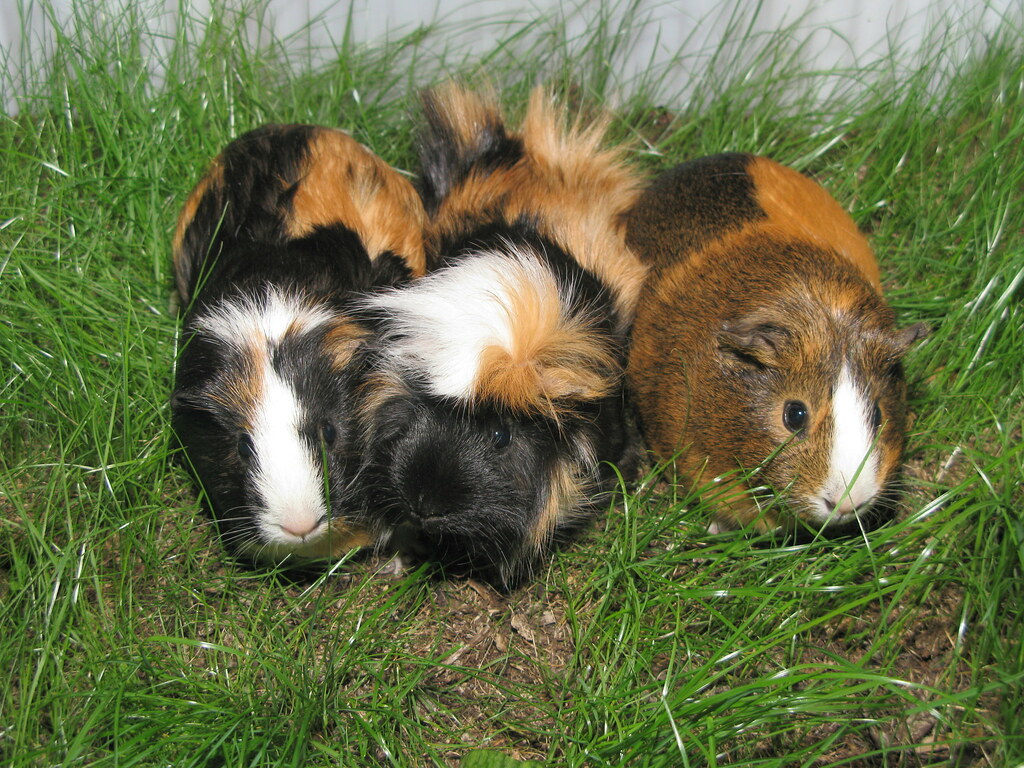
The wheek is perhaps the most recognizable and distinctive guinea pig sound, often described as a high-pitched, prolonged squeal that can vary in intensity. This vocalization serves primarily as an attention-seeking call, with guinea pigs typically wheaking when they anticipate food, sense their owner’s presence, or desire interaction. The urgency and volume of the wheek often correlate with the level of excitement or need; a louder, more persistent wheek generally indicates stronger feelings or more pressing requirements.
Guinea pigs quickly learn to associate certain triggers with rewards, such as the rustling of a treat bag or the sound of a refrigerator opening, and will wheek enthusiastically in response. Interestingly, some guinea pigs develop personalized wheaking patterns that their owners can recognize individually, even in multi-pig households.
Purring: Not Just for Cats
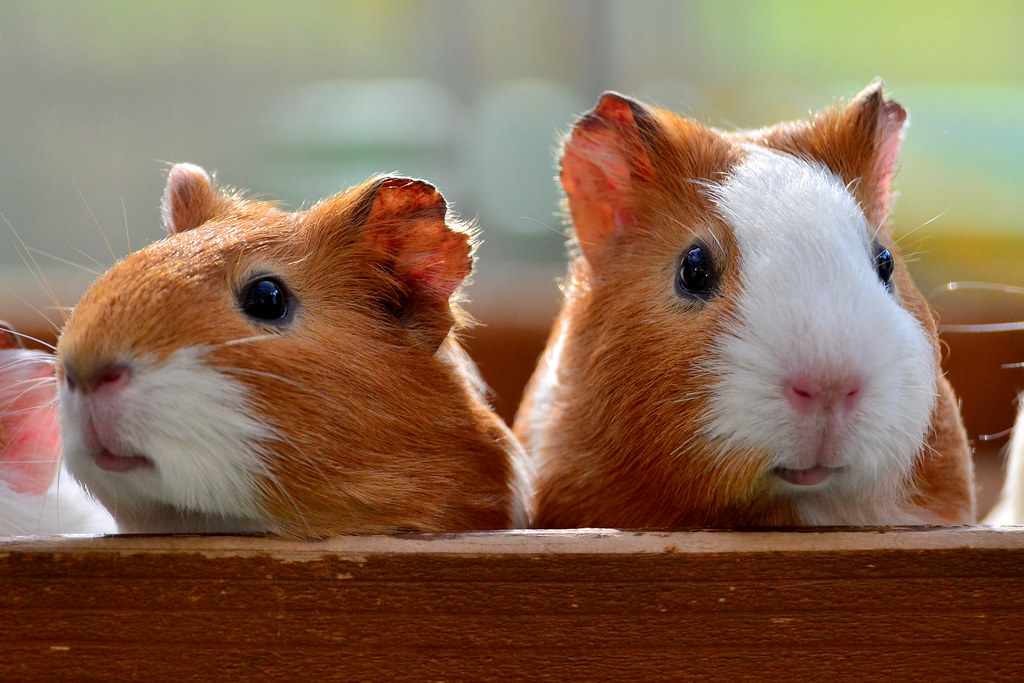
Guinea pig purrs are distinctly different from cat purrs, though they serve some similar purposes in expressing contentment. A relaxed purr, which is a deep, steady vibration accompanied by a relaxed body posture, typically indicates a happy, comfortable guinea pig enjoying gentle petting or cuddle time. However, guinea pigs also produce a different type of purr—shorter, more staccato, and often accompanied by a slightly tense body—which communicates annoyance or mild irritation rather than pleasure.
The context and body language are crucial for distinguishing between these two very different emotional states conveyed through similar sounds. Experienced owners learn to note subtle differences in pitch, duration, and accompanying body language to accurately interpret whether their pet is expressing satisfaction or displeasure.
Rumbling: The Love Song
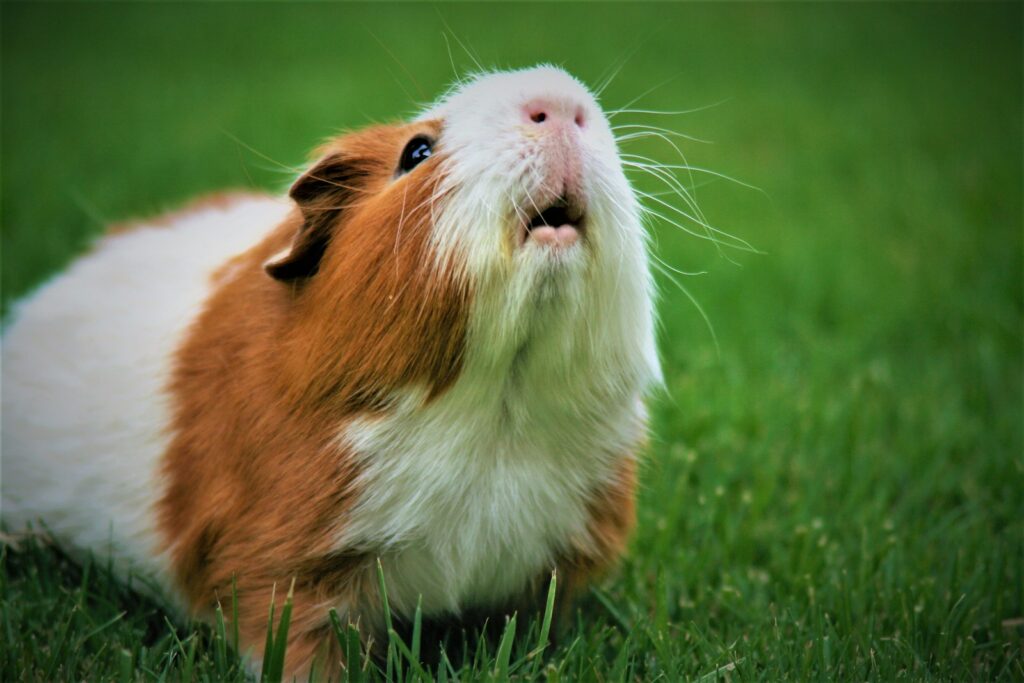
Rumbling is a distinctive sound male guinea pigs make during mating rituals, though females occasionally produce this vocalization as well. This deep, prolonged, vibrating sound is often accompanied by a swaying motion of the hindquarters, creating a sort of “guinea pig dance” that’s unmistakable once you’ve witnessed it. The rumble serves as part of courtship behavior, with males typically performing this display when near females or when they detect female scents in their environment.
Even neutered males may continue this behavior out of instinct, demonstrating how deeply ingrained these communication patterns are. In multi-pig households, rumbling can also establish social hierarchies and demonstrate dominance, particularly among males competing for resources or attention.
Chattering Teeth: A Warning Sign
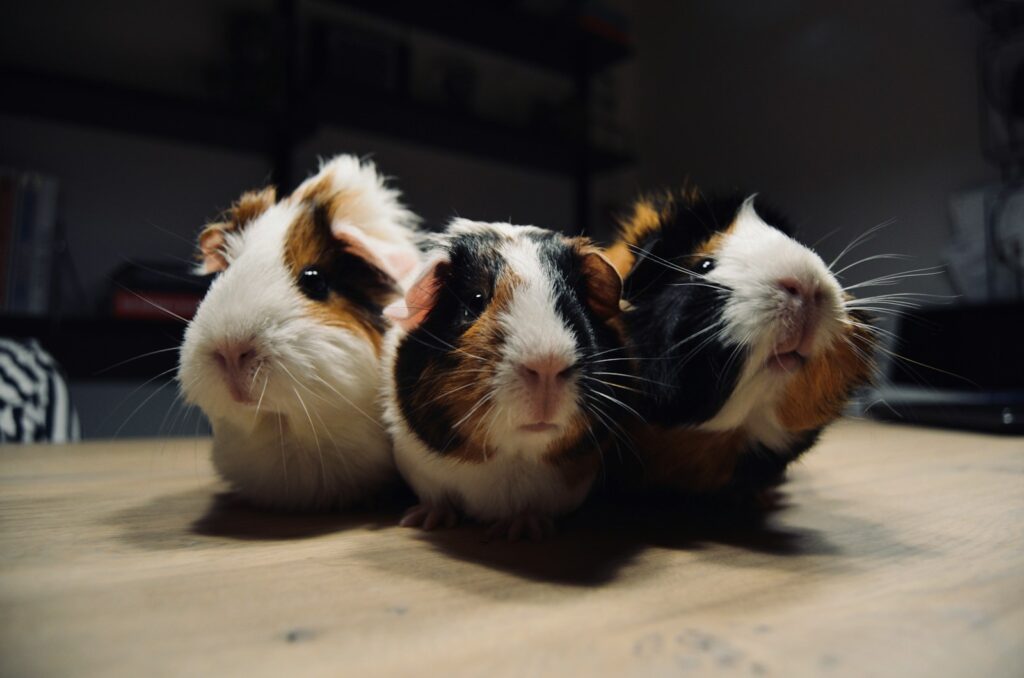
When a guinea pig rapidly grinds or chatters its teeth, it’s communicating aggression, irritation, or a warning to back off. This sound resembles a teeth-grinding noise and is typically accompanied by raised head, tense body posture, and possibly even hissing or showing teeth. Guinea pigs usually display this behavior when they feel threatened by another animal or when establishing dominance within their social group.
Unlike the gentle teeth grinding associated with contentment, chattering is louder, more deliberate, and has a distinctly different rhythm that signals confrontation rather than comfort. Owners should respect this clear boundary-setting communication and give their pet space when they hear this sound, as forcing interaction during these moments can escalate stress and potentially lead to biting.
Whining: Expressing Discomfort
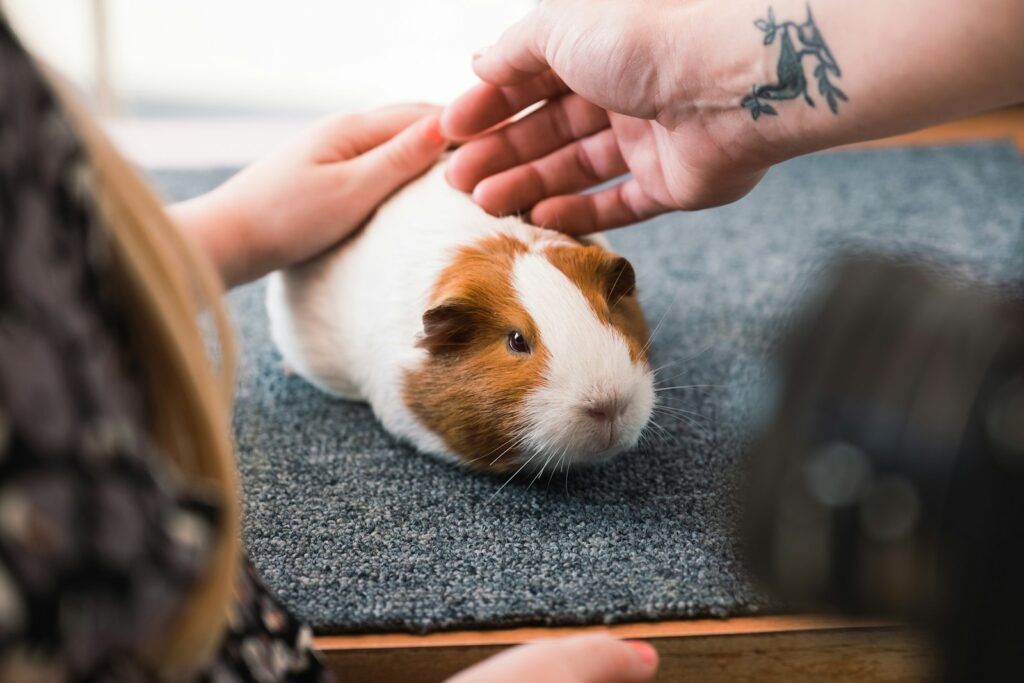
A guinea pig’s whine is a medium-pitched, somewhat nasal sound that communicates discomfort, mild distress, or dissatisfaction. This vocalization often occurs during handling when the guinea pig feels insecure or when they’re being held in an uncomfortable position. Some guinea pigs also whine when they want to be put back in their cage or when they need to urinate or defecate while being held.
The whine serves as a polite but clear request for a situation to change and should be respected as an important communication tool rather than ignored. Paying attention to these subtle cues helps build trust between pet and owner, as the guinea pig learns that their communications are acknowledged and responded to appropriately.
Chirping: The Mysterious Sound
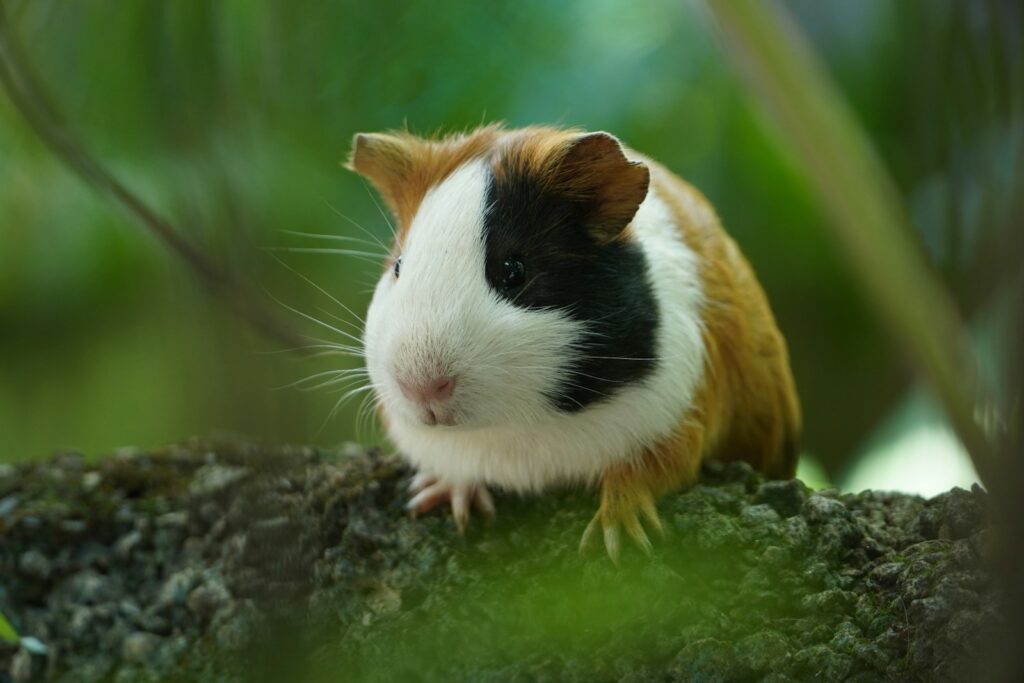
Perhaps the most enigmatic of all guinea pig vocalizations, chirping is a rare bird-like sound that has puzzled both owners and researchers. This unusual sound resembles the chirping of birds and is relatively uncommon, with many guinea pig owners never hearing their pets make this noise. Various theories exist about what triggers chirping, ranging from states of deep concentration or trance-like behavior to responses to environmental changes or stress.
Some guinea pigs appear almost in a meditative state while chirping, standing still with a somewhat vacant expression. The rarity of this vocalization has made it difficult to study systematically, leaving it as one of the more mysterious aspects of guinea pig communication that continues to intrigue the scientific community.
Shrieking: Signals of Pain or Fear
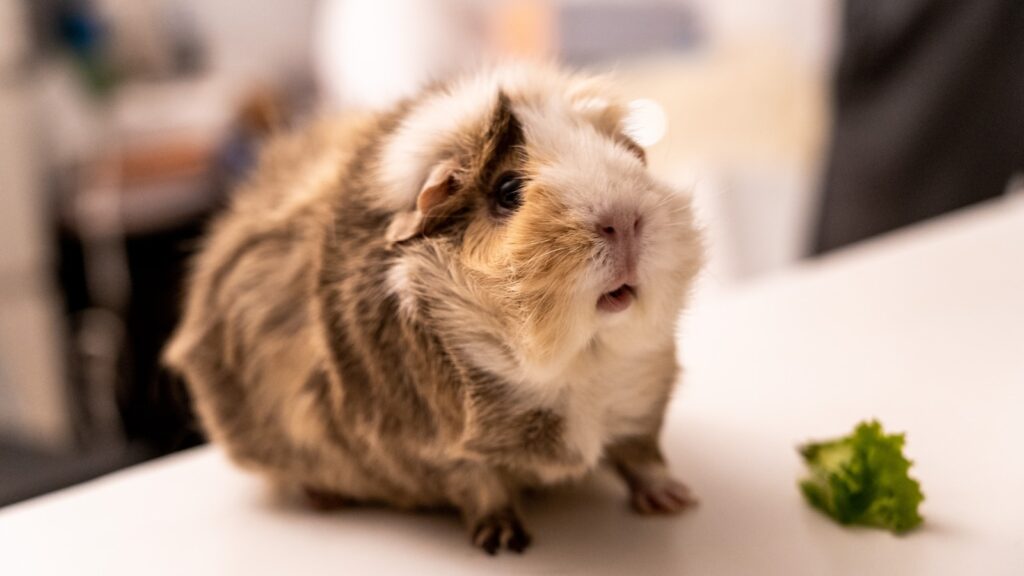
A guinea pig’s shriek or scream is an unmistakable sound of distress that should never be ignored. This sharp, loud vocalization indicates significant pain, extreme fear, or the perception of immediate danger. Unlike other more nuanced sounds, the meaning of a shriek is unambiguous and requires immediate attention to identify and address the cause of distress. Common triggers include injury, sudden handling by unfamiliar people, the presence of predators (even pets like cats or dogs), or fighting between guinea pigs that has escalated beyond normal dominance displays.
A guinea pig that shrieks regularly without obvious cause should be evaluated by a veterinarian, as it may be experiencing hidden pain from conditions like urinary tract infections, dental problems, or internal injuries that aren’t externally visible.
Bubbling or Cooing: Sounds of Contentment
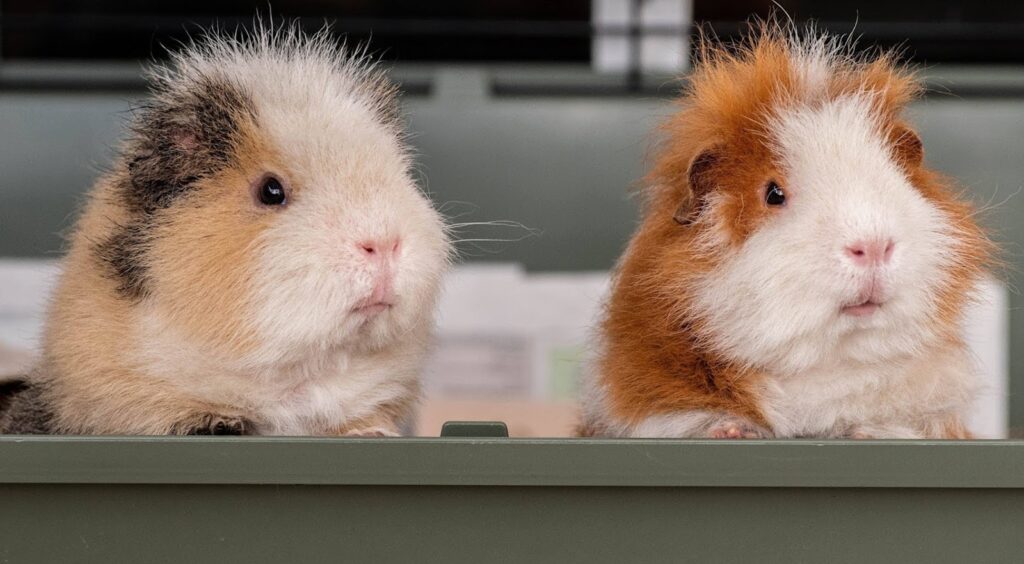
Bubbling or cooing sounds are gentle, quiet vocalizations that indicate deep contentment and relaxation in guinea pigs. These soft, melodic noises often occur when a guinea pig is extremely comfortable, particularly during gentle petting sessions with trusted humans or when cuddling with bonded cage mates. The bubbling sound resembles soft, irregular gurgling and is frequently accompanied by half-closed eyes and a completely relaxed body posture.
These sounds are relatively quiet compared to other guinea pig vocalizations and may require close attention to hear, especially in noisy environments. Many owners consider these sounds the ultimate compliment from their pets, as they indicate absolute trust and security in their current situation.
Hissing: Expressing Serious Anger
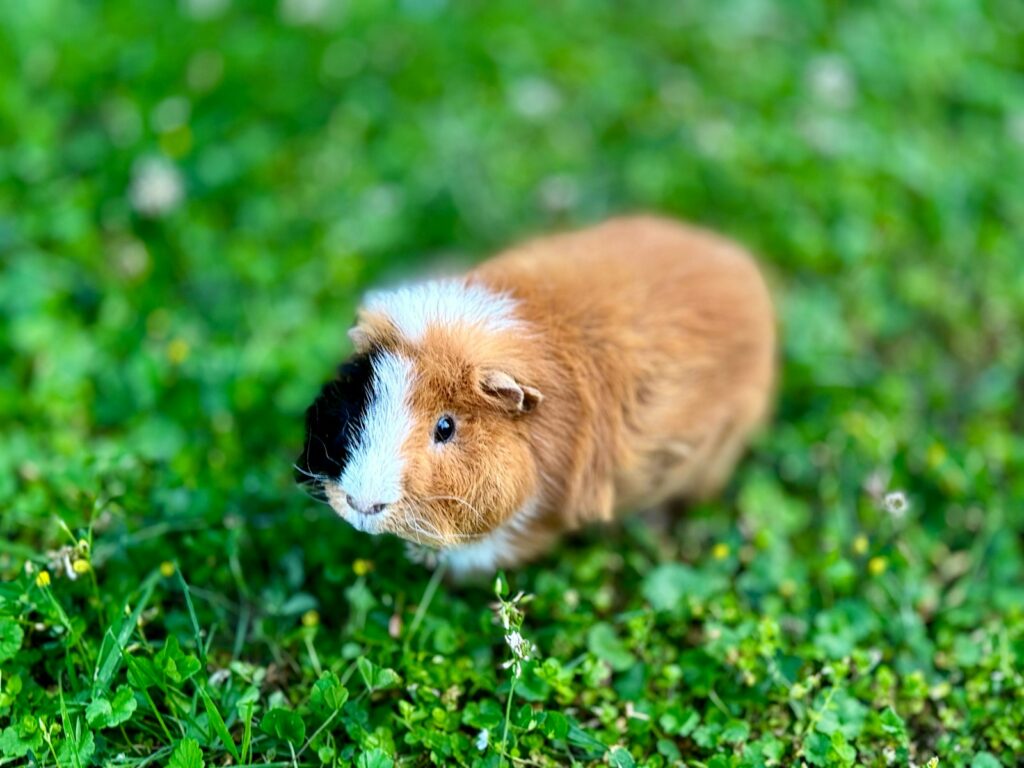
Though less common than other vocalizations, guinea pigs can and do hiss when they feel seriously threatened or angered. This sound resembles a cat’s hiss and serves as a significant warning that the guinea pig is prepared to defend itself if necessary. Hissing is almost always accompanied by aggressive body language including raised fur, a stiffened stance, and possibly even showing teeth or adopting a sideways threatening posture.
This vocalization typically occurs during serious conflicts between guinea pigs or when they feel cornered by perceived predators with no escape route. Owners should take hissing very seriously and immediately intervene in guinea pig conflicts or remove the source of threat, as this sound indicates a situation has escalated beyond normal social tensions.
Wheezing: A Health Concern
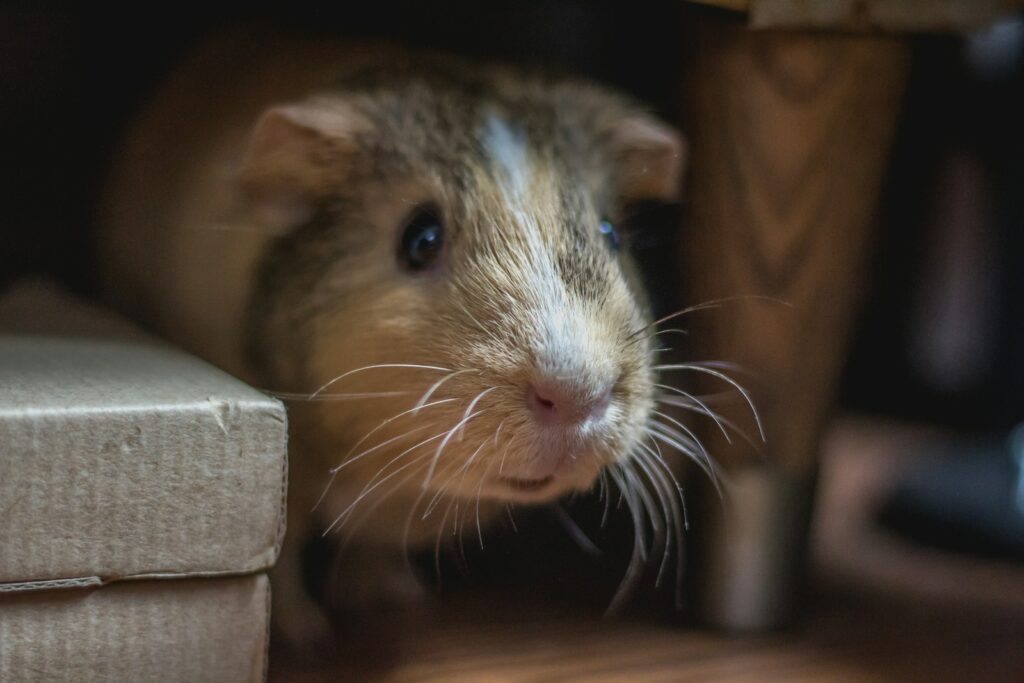
While not a communication sound, wheezing is an important auditory signal that owners should recognize as it indicates potential respiratory problems. Guinea pigs are prone to upper respiratory infections and pneumonia, which often manifest first as abnormal breathing sounds including wheezing, clicking, or labored breathing. Unlike normal vocalizations, wheezing occurs during breathing regardless of the guinea pig’s emotional state and doesn’t serve a social communication purpose.
Guinea pigs with respiratory issues may also display other symptoms like nasal discharge, lethargy, reduced appetite, or hunched posture indicating discomfort. Any persistent wheezing warrants prompt veterinary attention, as respiratory infections can progress quickly in guinea pigs and become life-threatening if not treated appropriately with prescribed antibiotics.
Silent Communication: What Absence of Sound Means
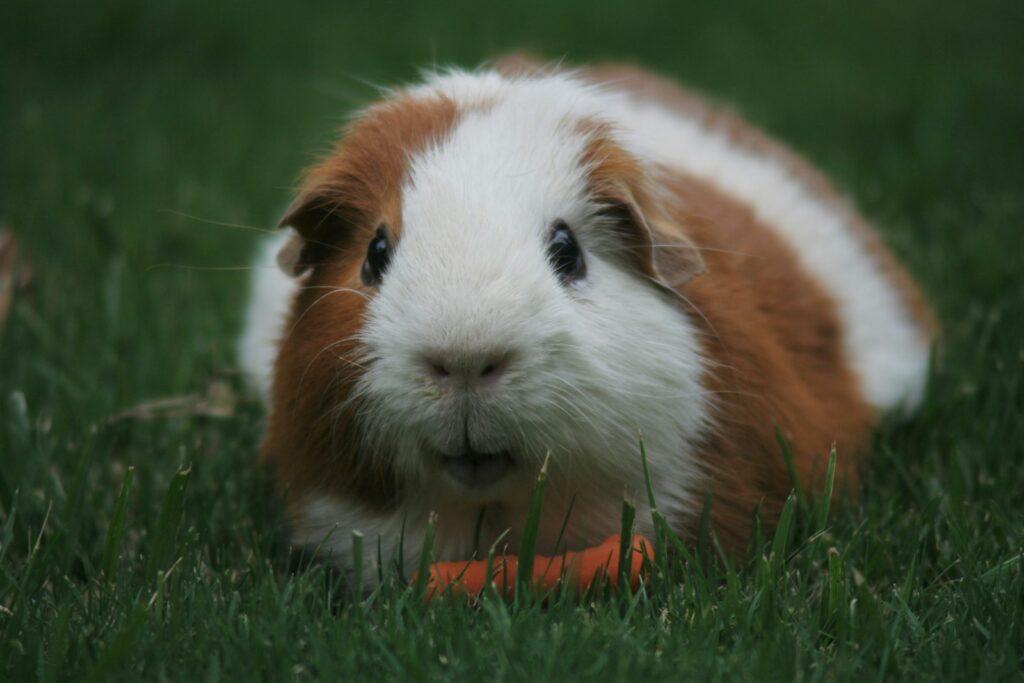
The absence of vocalization can be just as meaningful as the presence of sounds in guinea pig communication. A typically vocal guinea pig that suddenly becomes quiet may be experiencing illness, pain, or significant stress that’s causing them to conserve energy rather than communicate normally. Guinea pigs also tend to become silent when they sense potential predators nearby, an evolutionary adaptation that helps them avoid detection in the wild.
Some guinea pigs naturally vocalize less than others due to individual personality differences or past experiences, particularly those from neglectful backgrounds who weren’t socialized to communicate with humans. Monitoring changes in your pet’s typical vocalization patterns can provide important insights into their health and emotional state, with sustained changes in either direction warranting closer attention.
Contextual Interpretation: Reading Body Language Alongside Sounds
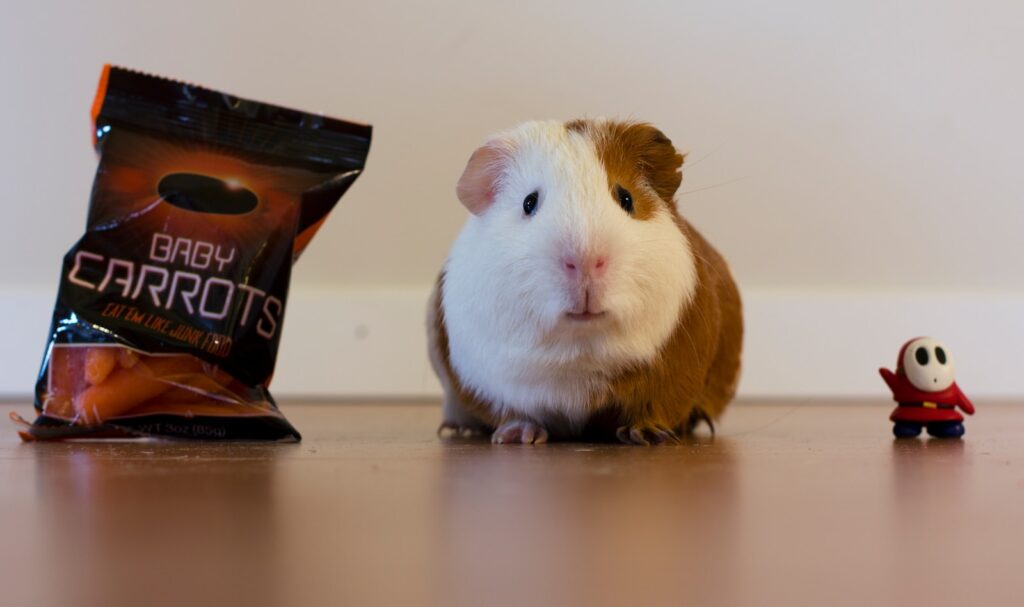
Understanding guinea pig vocalizations fully requires paying attention to the accompanying body language and environmental context. The same basic sound can have different meanings depending on the guinea pig’s physical posture, ear position, activity level, and the current situation. For example, a low rumble accompanied by tense posture and raised fur has a completely different meaning than the same sound made while relaxed and being petted.
Guinea pigs also adjust their communication based on past experiences with specific humans, other animals, or situations, creating personalized patterns that may differ from general guidelines. Learning to observe these contextual clues transforms basic sound recognition into true communication, allowing owners to respond appropriately to their pet’s specific needs rather than simply recognizing isolated vocalizations.
Building Communication: Strengthening Your Bond
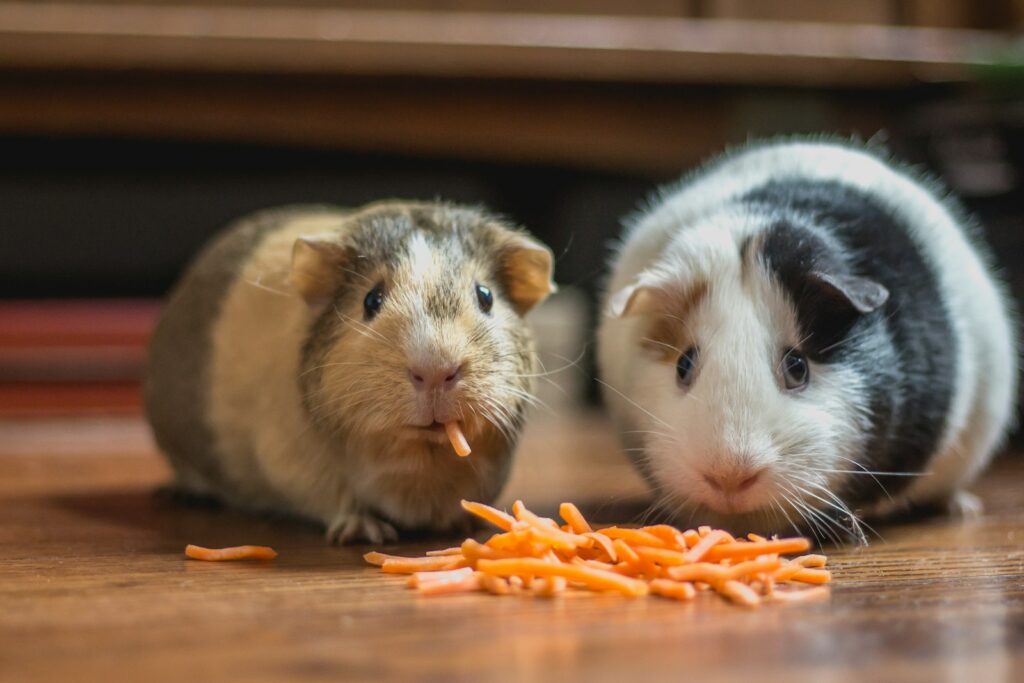
Responding consistently to your guinea pig’s vocalizations helps strengthen your bond and creates a system of two-way communication that enhances both your pet’s quality of life and your enjoyment of the relationship. Guinea pigs quickly learn which sounds elicit desired responses from their humans and will adapt their communication style accordingly, often becoming more vocal with owners who consistently acknowledge and respond to their needs.
Simple practices like verbally greeting your guinea pigs in a consistent tone, responding to food-seeking wheeks at regular times, and respecting their communications of discomfort create predictable patterns that help them feel secure and understood. Some particularly communicative guinea pigs even learn to respond to specific human phrases or sounds, creating a rudimentary shared language that’s unique to your relationship.
Understanding guinea pig vocalizations transforms ownership into a richer, more interactive experience where both human and animal actively participate in communication. These complex little creatures have evolved an impressive vocal repertoire that allows them to express their needs and emotions with remarkable specificity. By learning to distinguish between different sounds and considering them alongside body language cues, owners can respond appropriately to everything from simple requests for food to serious warnings about health or safety concerns.
This knowledge not only improves care but deepens the human-animal bond, creating a relationship based on mutual understanding and respect. The next time your guinea pig wheeks, purrs, or makes any of their characteristic sounds, you’ll have insight into what they’re trying to tell you—and that’s the foundation of a wonderful partnership.


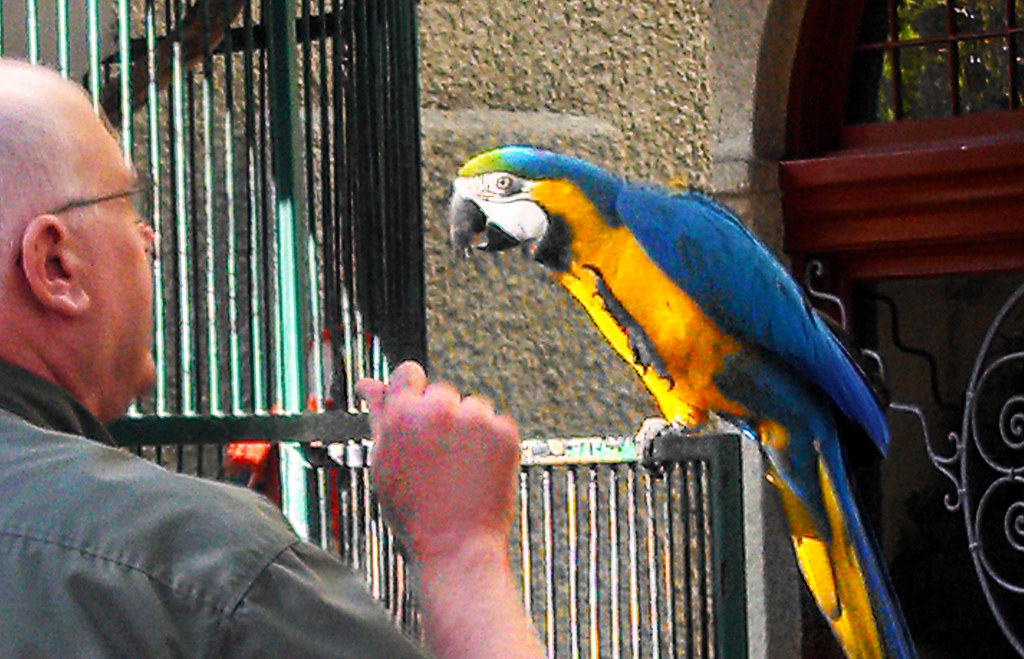
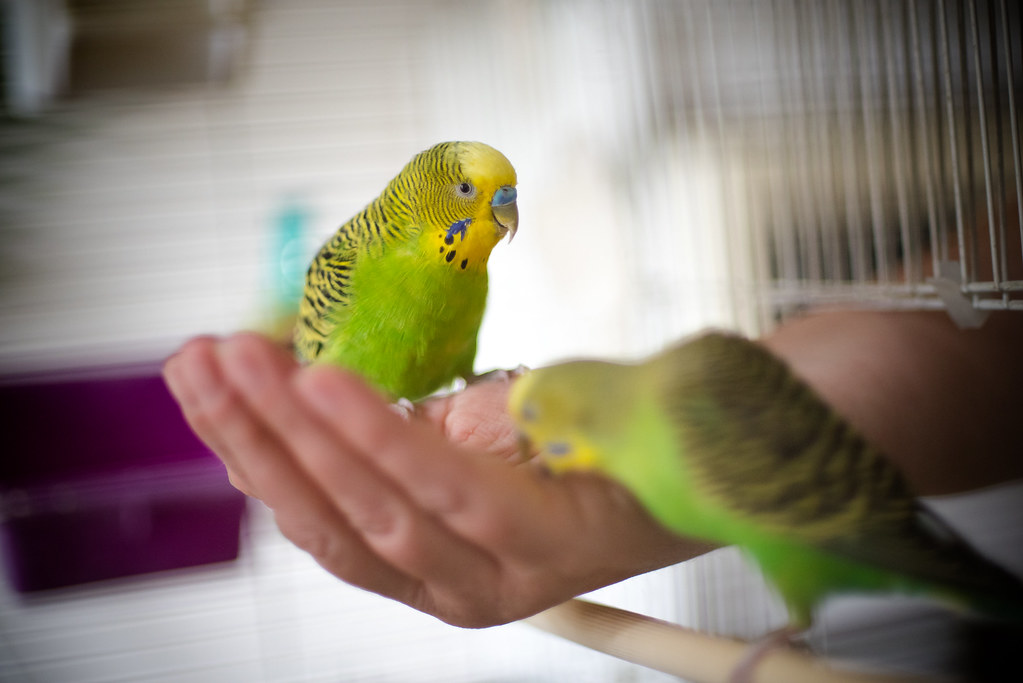
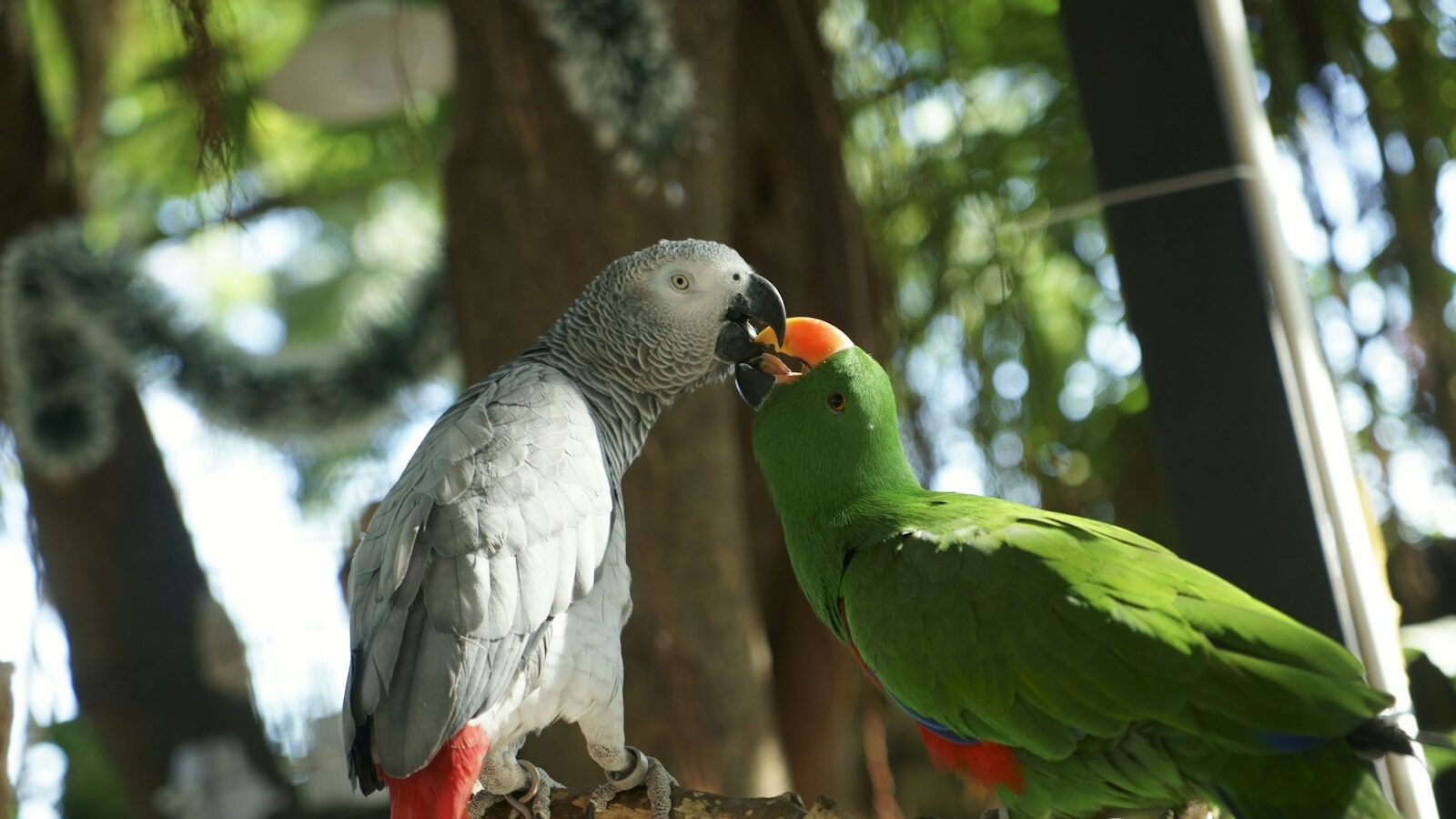
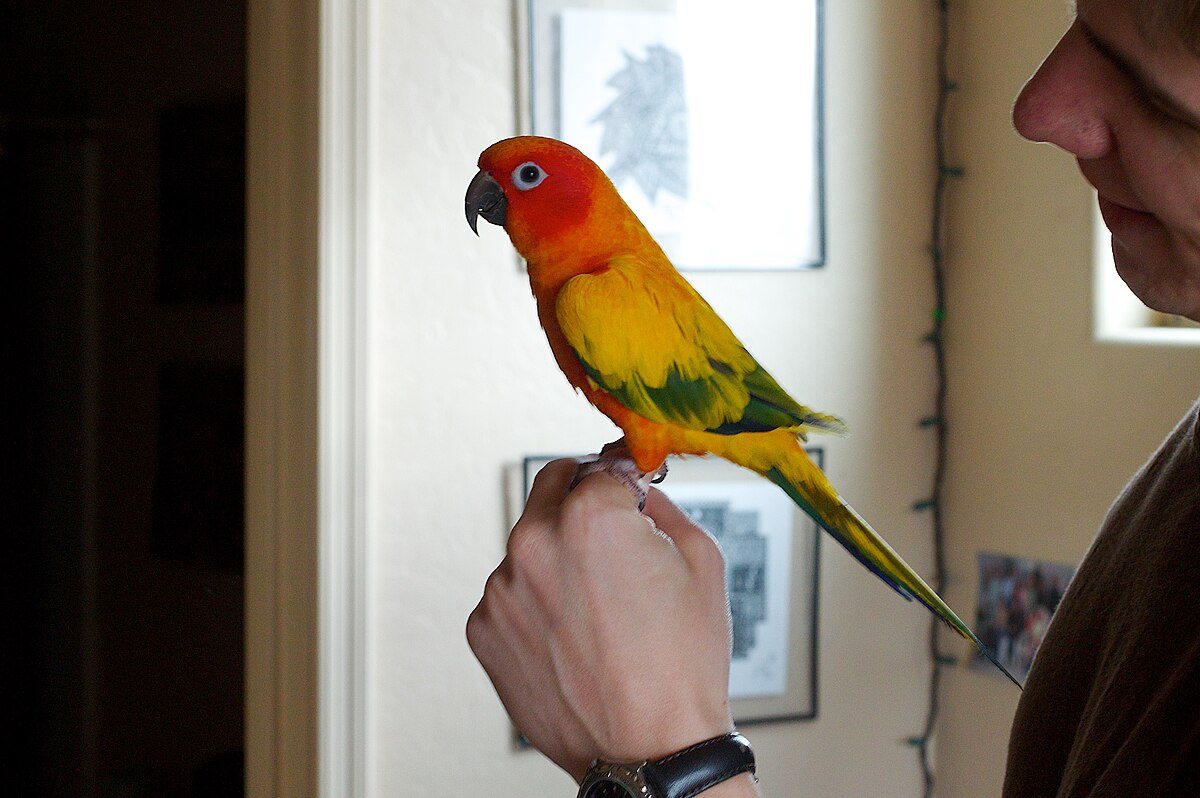


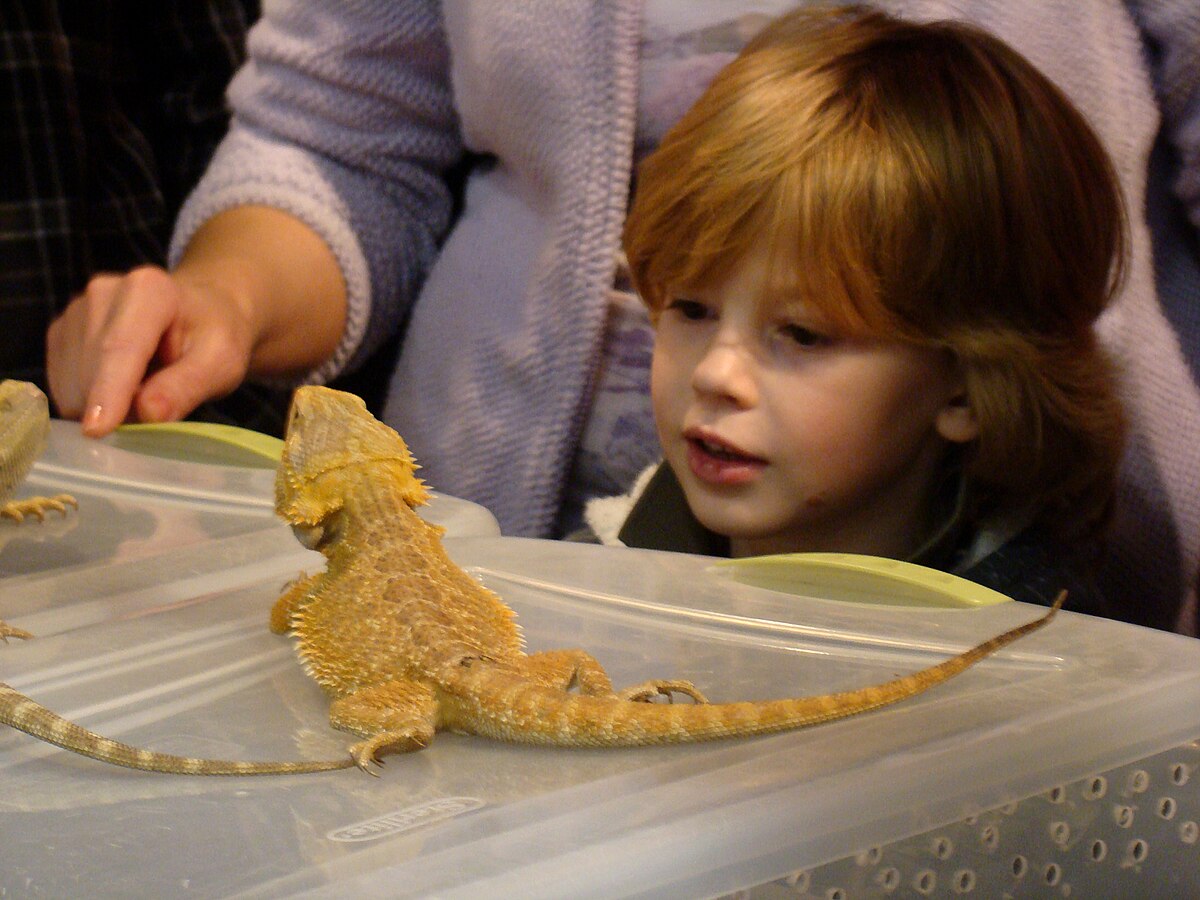
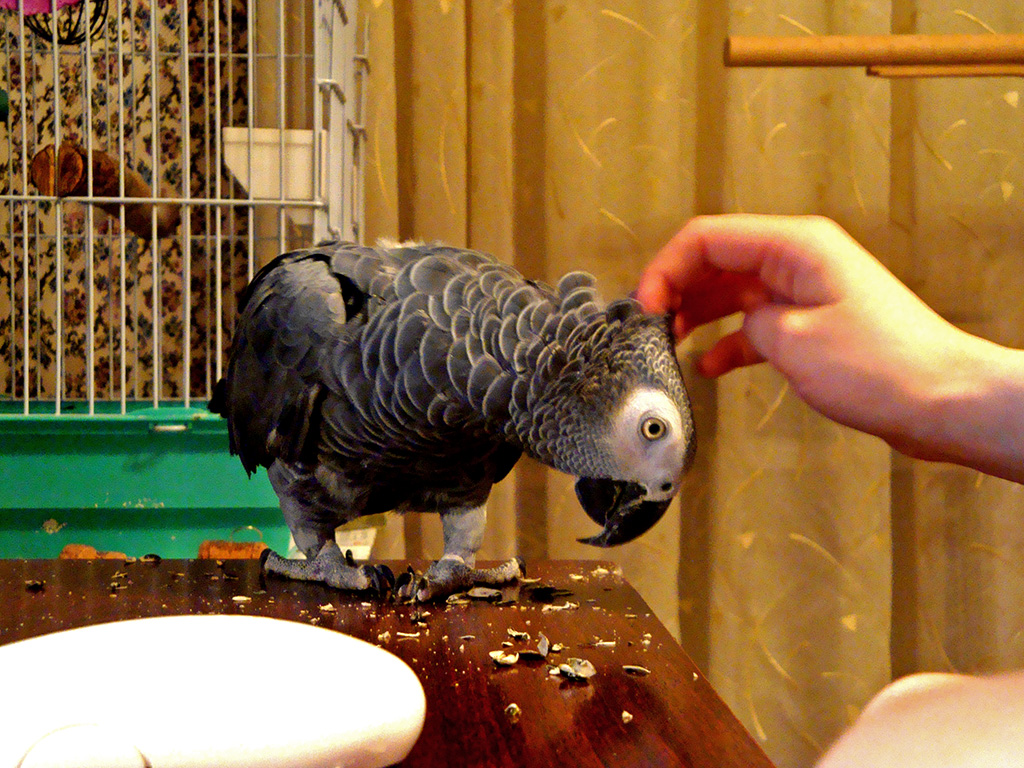
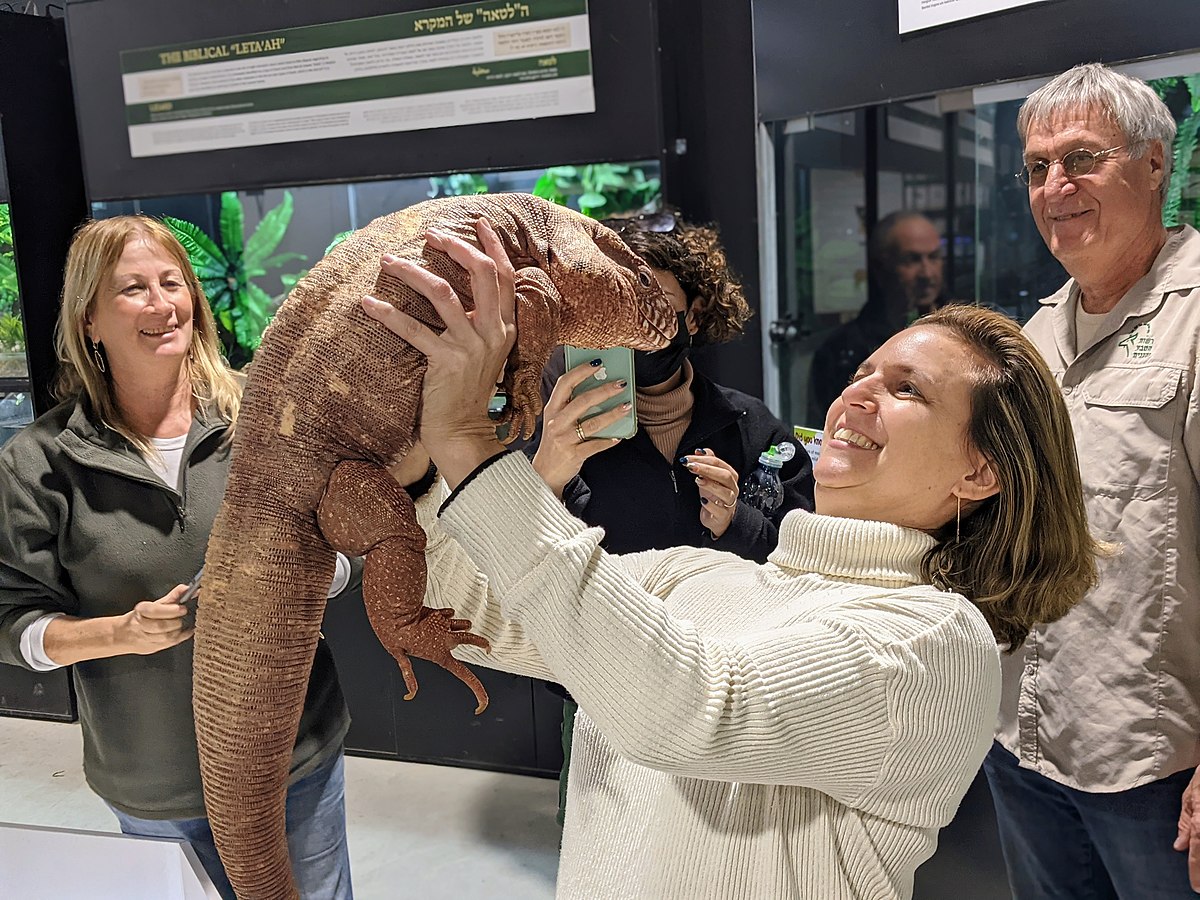




Leave a Reply